Headphones
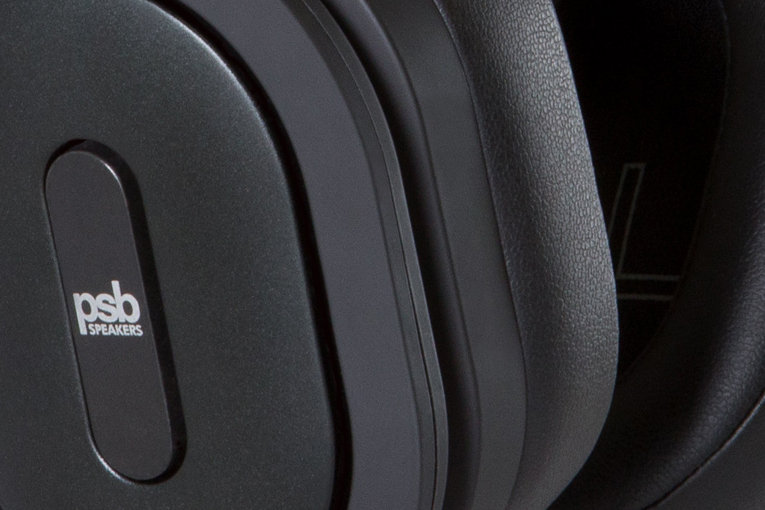
- Details
- Written by: Brent Butterworth
Sound: 









Value: 









(Read about our ratings)
Measurements can be found by clicking this link.
As I look back on my dozen or so years of reviewing headphones, the 2012 entry of PSB Speakers into the headphone market marks one of the most important new products I’ve tested. When PSB founder Paul Barton designed his first set of headphones, the M4U 2s, he applied much of the knowledge he’d gained in decades of work measuring and designing his speakers at Canada’s National Research Council in Ottawa (where the speaker measurements SoundStage! publishes are performed). The result was a set of headphones that sounded a lot like hearing real speakers in a good listening room. But it’s been a while since PSB introduced a new headphone model. I was starting to wonder if PSB, like so many other speaker companies, had bailed out of the headphone biz—but now along come the M4U 8 MKII Bluetooth noise-canceling headphones.
Read more: PSB M4U 8 MKII Bluetooth Noise-Canceling Headphones
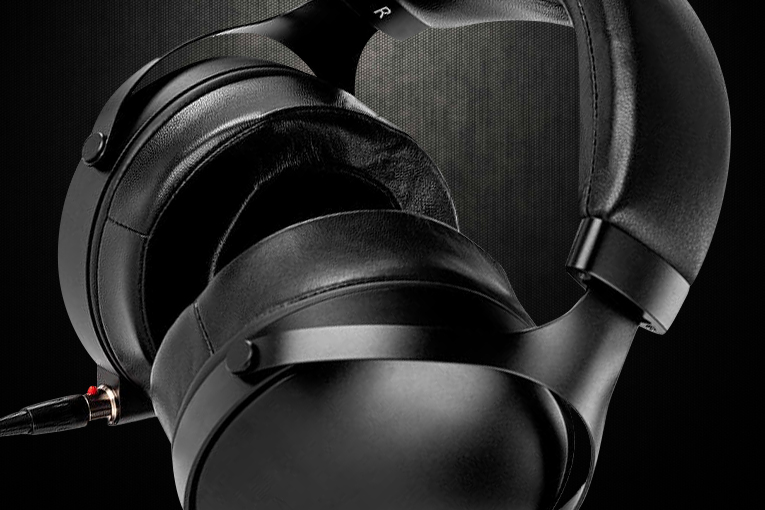
- Details
- Written by: Brent Butterworth
Sound: 









Value: 









(Read about our ratings)
Measurements can be found by clicking this link.
I think I know why there’s so much emphasis on closed-back audiophile headphones now. A couple of years ago, they were few and far between, but now they’re becoming almost as common as open-back audiophile headphones. My guess? The COVID-19 pandemic, and the increase in the amount of time families spend together, left people wanting some personal sonic space where others couldn’t annoy them without putting some effort into it. So I wasn’t too surprised to hear, after I’d reviewed the Monoprice Monolith M1570 open-back headphones, that the company also has a closed-back model, the M1570C (both $599.99, all prices USD).
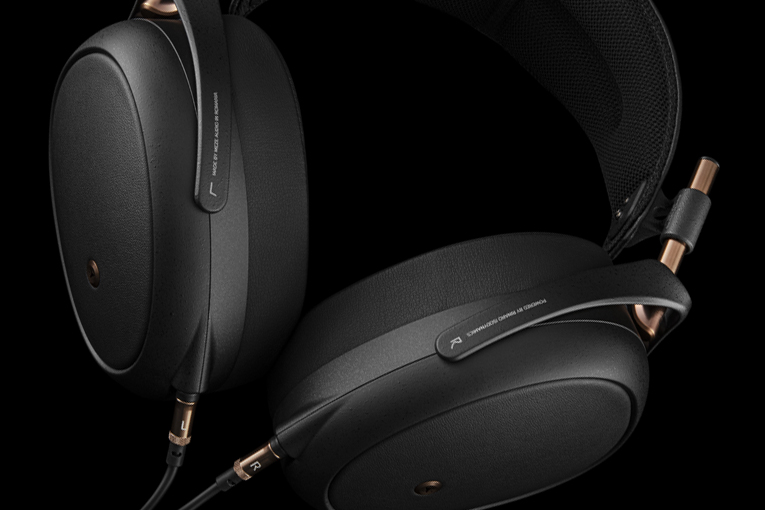
- Details
- Written by: Brent Butterworth
Sound: 









Value: 









(Read about our ratings)
Measurements can be found by clicking this link.
How many closed-back headphones are priced at $2000 and up? Not many. The Focal Stellias ($3000, all prices USD) come right to mind, and I suspected HiFiMan has a model, but I had to look it up—the HE-R10P headphones ($5499). Now Meze Audio is entering this tiny market with the new Liric, a closed-back, scaled-down, less-expensive version of its big, open-back Empyrean and Elite headphones.

- Details
- Written by: Brent Butterworth
Sound: 









Value: 









(Read about our ratings)
Measurements can be found by clicking this link.
Grado reminds me of some of the musicians I’ve encountered. Most people I play gigs with show up on time, play whatever the leader wants, and do a solid job on most or all of the tunes that get called—but they don’t really stand out. There are a few, though, who maybe aren’t so reliable, or get fussy about what we play, or might suddenly sit out on a tune they don’t like—but blow my mind at least once per gig with the brilliant stuff they play. Grado’s the headphone equivalent of that. I’ve loved a few of its headphones, but some I’ve found too far outside the norm to enjoy. So when the company offered me the RS2x headphones for review, I had no idea whether or not I’d find them sonically simpatico with my ears.
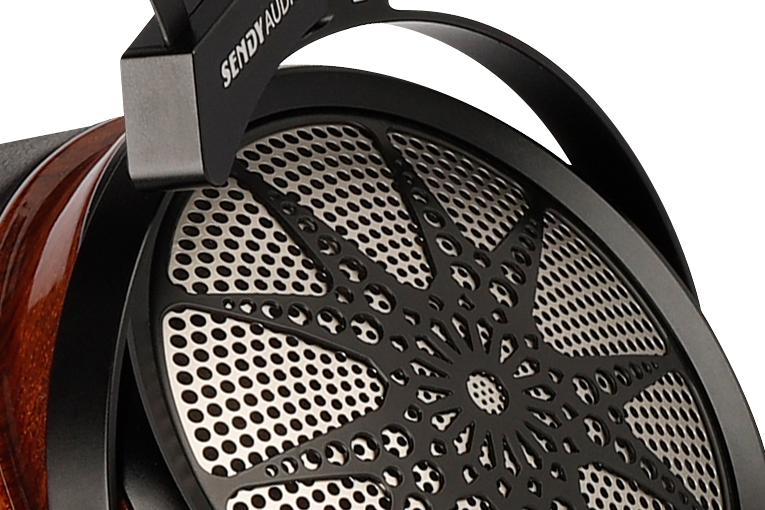
- Details
- Written by: Brent Butterworth
Sound: 









Value: 









(Read about our ratings)
Measurements can be found by clicking this link.
Sendy Audio is a China-based brand well known to headphone enthusiasts and totally unknown to anyone else. At a quick glance, Sendy’s new Apollo headphones ($499, all prices USD) look a lot like the Sendy Peacock headphones ($1499)—but a longer look tells you that there are big differences between these two models. A glance can’t tell me which headphones are better, but it does show me several reasons why one of them costs three times as much.
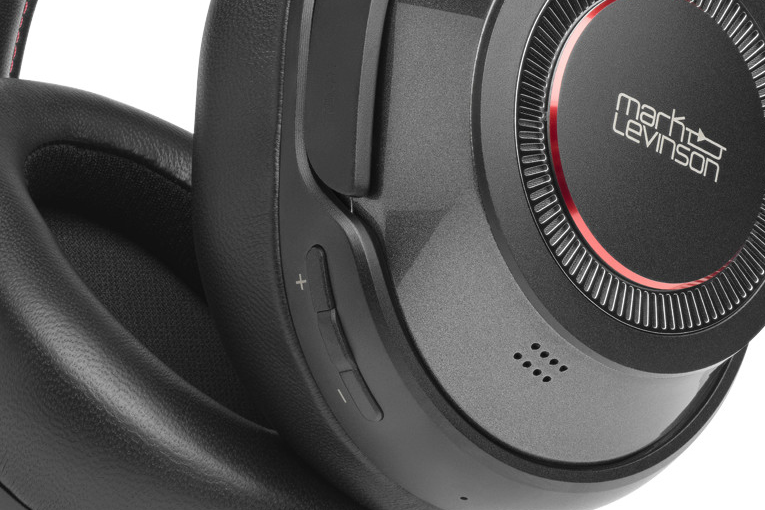
- Details
- Written by: Brent Butterworth
Sound: 









Value: 









(Read about our ratings)
Measurements can be found by clicking this link.
I sure didn’t see this coming. Not just because the N⁰ 5909 headphones are the first to wear the Mark Levinson brand, but they’re also priced about twice as high as the next-most-expensive set of noise-canceling Bluetooth headphones.
Read more: Mark Levinson N⁰ 5909 Bluetooth Noise-Canceling Headphones
- Soundcore Frames Bluetooth Glasses
- Monoprice Monolith AMT Headphones
- Apos Audio Caspian Headphones
- Beyerdynamic DT 900 Pro X Headphones
- Philips Fidelio L3 Bluetooth Noise-Canceling Headphones
- Austrian Audio Hi-X65 Headphones
- Sendy Audio Peacock Headphones
- Meze Audio Elite Headphones
- Focal Celestee Headphones
- Sivga P-II Headphones
- AKG K72 Headphones
- Soundcore Life Q35 Bluetooth Headphones
- DALI IO-4 Bluetooth Headphones
- HiFiMan HE400se Headphones
- Bowers & Wilkins PX7 Carbon Edition Bluetooth Headphones
- Yamaha YH-E700A Bluetooth Headphones
- Emotiva Airmotiv GR1 Headphones
- Master & Dynamic MH40 Bluetooth Headphones
- Calyx H Headphones
- Beyerdynamic T1 (3rd Generation) Headphones
- Ultrasone Performance 880 Headphones and Sirius Bluetooth Adapter
- Dan Clark Audio Æon RT Closed Headphones
- Philips Fidelio X3 Headphones
- Beyerdynamic T5 (3rd Generation) Headphones
- HEDD Audio HEDDphone Headphones
- Beyerdynamic DT 770 Studio Headphones
- Focal Utopia Headphones
- AIAIAI TMA-2 HD Wireless Bluetooth Headphones
- HiFiMan Deva Bluetooth Headphones
- Atlantic Technology FS-HR280 Headphones
- Monoprice Monolith M1570 Headphones
- Dan Clark Audio Æon Flow 2 Closed Headphones
- Andover Audio PM-50 Headphones
- Marshall Monitor II A.N.C. Bluetooth Headphones
- Drop + THX Panda Bluetooth Headphones
- DALI IO-6 Bluetooth Noise-Canceling Headphones
- Monoprice Monolith M570 Headphones
- Audeze LCD-1 Headphones
- AKG K371 Headphones
- Beyerdynamic Lagoon ANC Bluetooth Headphones
- Zvox Audio AV50 Bluetooth Noise-Canceling Headphones
- HiFiMan Jade II Headphones and Amplifier
- MEE Audio Matrix Cinema ANC Bluetooth Headphones
- Status Audio BT One Bluetooth Headphones
- Meze Audio Empyrean Headphones
- Denon AH-D7200 Headphones
- Cleer Next Headphones
- Focal Stellia Headphones
- KLH Ultimate One Headphones
- Quad ERA-1 Headphones
- HiFiMan HE6se Headphones
- Fostex T60RP Headphones
- Audeze LCD2 Closed-Back Headphones
- Fostex TH909 Headphones
- Tribit Audio XFree Tune Bluetooth Headphones
- HiFiMan Ananda Headphones
- Focal Elegia Headphones
- Base Audio G12 Headphones
- Monoprice Monolith M650 Headphones
- NAD Viso HP70 Bluetooth Noise-Canceling Headphones
- Audio-Technica ATH-ANC700BT Bluetooth Noise-Canceling Headphones
- B&O Play Beoplay H9i Bluetooth Noise-Canceling Headphones
- Audio-Technica ATH-ADX5000 Headphones
- Marshall Mid A.N.C. Bluetooth Headphones
- Beyerdynamic Aventho Wireless Bluetooth Headphones
- PSB M4U 8 Bluetooth Noise-Canceling Headphones
- Bowers & Wilkins PX Bluetooth Noise-Canceling Headphones
- Klipsch Heritage HP-3 Headphones
- Focal Clear Headphones
- AKG N60 NC Wireless Bluetooth Noise-Canceling Headphones
- Acoustic Research AR-H1 Headphones
- Music Everywhere: Audio-Technica ATH-DSR9BT Bluetooth Headphones
- Sony WH-1000XM2 Wireless Noise-Canceling Headphones
- Sennheiser HD 4.50 BTNC Headphones
- Music Everywhere: Audio-Technica ATH-SR6BTBK Bluetooth Headphones
- JBL E55BT Quincy Edition Headphones
- Music Everywhere: JBL Everest Elite 750NC Wireless Headphones
- Tidal Force Wave 5 Headphones
- Monoprice M1060 Headphones
- HiFiMan Susvara Headphones
- Audio-Technica ATH-DSR7BT Bluetooth Headphones
- Libratone Q Adapt On-Ear Headphones
- Music Everywhere: Koss BT539ik Bluetooth Headphones
- Bowers & Wilkins P9 Signature Headphones
- Blue Ella Headphones
- Beyerdynamic Amiron Home Headphones
- Music Everywhere: Altec Lansing MZX300 Bluetooth Headphones
- Music Everywhere: Koss UR42i Headphones
- HiFiMan HE1000 V2 Headphones
- Final Sonorous III Headphones
- Beyerdynamic T 5 p Headphones
- Audeze Sine Headphones
- Sennheiser HD 630VB Headphones
- Music Everywhere: Audio-Technica ATH-SR5BT Bluetooth Headphones
- AKG N60 NC Headphones
- Music Everywhere: Sennheiser Momentum Wireless Bluetooth Headphones
- Sennheiser HD 800 S Headphones
- Music Everywhere: Audio-Technica ATH-WS99BT Solid Bass Bluetooth Headphones
- RBH Sound HP-2 Headphones
- Pryma 0|1 Headphones
- HiFiMan Edition X Headphones
- JBL Everest Elite 700 Headphones
- Music Everywhere: Audio-Technica ATH-S700BT SonicFuel Bluetooth Headphones
- Definitive Technology Symphony 1 Headphones
- NAD Viso HP30 Headphones
- HiFiMan HE1000 Headphones
- Music Everywhere: Outdoor Tech. Tuis Bluetooth Headphones
- AudioQuest NightHawk Headphones
- Music Everywhere: Koss BT540i Bluetooth Headphones
- Bowers & Wilkins P5 Series 2 Headphones
- Music Everywhere: Audio-Technica ATH-MSR7 Headphones
- Oppo Digital PM-3 Headphones
- Torque Audio t402v Headphones
- Music Everywhere: Polk Audio Hinge Wireless Bluetooth Headphones
- Music Everywhere: Monoprice 10585 Bluetooth Headphones
- Oppo Digital PM-2 Headphones
- Music Everywhere: Jam Transit Bluetooth Headphones
SoundStage! Solo is part of
All contents available on this website are copyrighted by SoundStage!® and Schneider Publishing Inc., unless otherwise noted. All rights reserved.
This site was designed by Karen Fanas and the SoundStage! team.
To contact us, please e-mail info@soundstagenetwork.com




